

Around this time last year, I was searching for an idea for my next AllEars.net blog. With the opening of Pandora: The World of Avatar at Disney’s Animal Kingdom looming in the spring, I figured it might be a good idea to write something on the history of the park.
I’ve always had a special affection for Animal Kingdom. I was in attendance when the park opened on April 22, 1998, and over the years, I’ve come to truly appreciate its impact on guests, as well as its powerful message of conservation.
And then it hit me. Animal Kingdom will be celebrating its 20th anniversary in 2018. Suddenly, the idea of writing a just blog on the park didn’t seem enough. As I began going through the literature I had acquired during the opening-day festivities, the idea of writing a book on Animal Kingdom began to take shape.
As I’d often do whenever I embarked on a project of this magnitude, I contacted my go-to Disney guy, Marty Sklar. He was thrilled that I was taking on the project and then, as usual, he went the extra mile for me, providing contact information on a dozen or so folks who were involved in the planning, development and design of the park.
I spent the rest of the spring and summer interviewing most of the people Marty had suggested … fascinating people with equally fascinating stories to tell. One of the last interviews I conducted for the book was with Marty himself, in early July, just a few weeks before he died.
When we spoke, Marty was truly excited that I was able to contact his former colleagues, like Kevin Rafferty, Paul Comstock, Rick Barongi and Zofia Kostyrko, all of whom had made significant contributions to the design of the park. Zofia proved to be especially helpful during the process, offering rare insight into a project that helped shape her career. She also was extremely gracious in providing a foreword. And there was, of course, Joe Rohde, whom I’ve met on a number of occasions during the various expansions seen at the park over the past two decades.
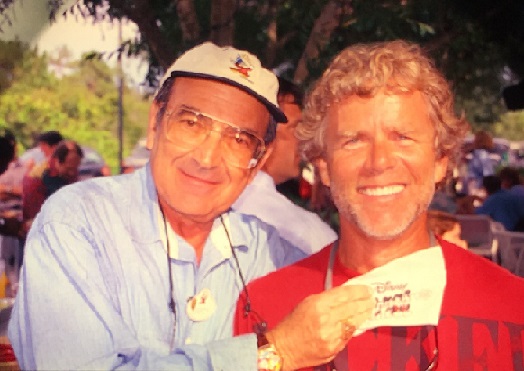
The book, titled Disney’s Animal Kingdom: An Unofficial History, was released by Theme Park Press on Jan. 21.
In putting the book together, I learned some pretty amazing things about Animal Kingdom’s journey from concept to completion.
For instance, I found out from Paul Comstock, Animal Kingdom’s lead landscape architect, that the site selected for the park was not the company’s first choice.
“There were a couple of options of the table for corporate,” Comstock said. “One of them was a piece of property that was south of Osceola Parkway, which is now the city of Celebration. I remember being totally enamored with the huge oaks that were on the Celebration site, but it really had some de-watering problems, in terms of the amount of water that was on the site that would come to the surface of the ground.”
When they visited the barren field that would eventually become Animal Kingdom, Comstock felt as if they had struck gold … or at least sand.
“When we saw that open cow pasture while riding in a four-wheel drive Suburban and got stuck in pure white Florida sugar sand, I said, ‘This land will support a park. If we can sterilize the native plants so we have a clean palette, we’ll be able to grow anything we want to in here.’ The dry sand means there’s drainage, the key to building any landscape.”
The site also afforded proper “sun orientation” for the park.

The Celebration site, according to Comstock, “is facing the wrong way. When you’d be driving on the Osceola Parkway, you’d be driving into the sunlight. The way that Animal Kingdom is oriented, you enter and the sun arc is behind your back, so it illuminates the trees, the structures, the Tree of Life, all the waterfalls.
“All those things are positioned in the right way for the sun arc. If you look at all the other Disney parks, except for Hong Kong, they’re all positioned where the light shines on the castle as you walk down Main Street. The sun rises in the East and either goes behind you or overhead. It’s never in total shadow, so that you always have that Kodak moment.”
Among his many contributions to the park, Comstock helped design Kilimanjaro Safaris’ stunning savannah. “Disney was the first to ‘build’ a realistic savannah,” he said. “We put four million plants out there representing 3,000 species.”
While Comstock concentrated on the foliage, it was Rick Barongi who was largely responsible for acquiring all of the animals who live and roam freely throughout the 500-plus acre property. Barongi also worked closely with Comstock and his fellow landscapers in making the savannah as animal-friendly as possible.
In a roundabout way, Barongi also was responsible for the placement of one particular animal on the park’s spectacular icon, the Tree of Life.
“I knew [renowned primatologist] Jane Goodall very well and I invited her out to see the Tree of Life when it was still under construction,” Barongi told me. The two climbed up onto the scaffolding surrounding the tree and walked around it several times, viewing the hundreds of carved animals on the massive trunk.
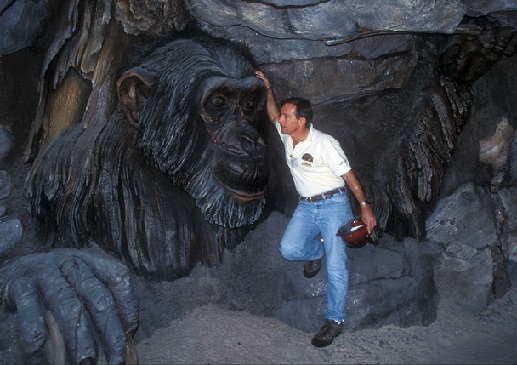
“This is wonderful, Rick. Really amazing,” she said. “But there’s no chimp.”
The next day, Barongi contacted the Tree of Life’s lead sculptor, Zsolt Hormay, and asked him if there was still enough time to add another animal to the trunk. “Sure. Which one?” was the response. The next day, Barongi gave Hormay a photo of Jane Goodall’s favorite chimp, David Greybeard.
A month later, Barongi returned to the Tree of Life for a stunning surprise.
“At the entrance to the theater, at the base of the tree, is this huge figure of David Greybeard, bigger than life, with his hand stretched out,” Barongi said. With that as inspiration, “we did a plaque dedicating it to Jane Goodall. The day we opened, Michael Eisner presented it to her and it just blew her away. That story to me is so special … there’s one animal on that Tree of Life that’s based on a real animal. It was all because of Zsolt. So I made sure Jane got to meet Zsolt on opening day.”
When Michael Eisner gave the OK to build Animal Kingdom in early 1980, a small group of Disney Imagineers met in what became known as “the funky trailer” in the Disney Studios’ parking lot to hash out ideas and concepts. One of those designers was Zofia Kostyrko, who had previously worked with Joe Rohde on The Adventurers Club in Pleasure Island.
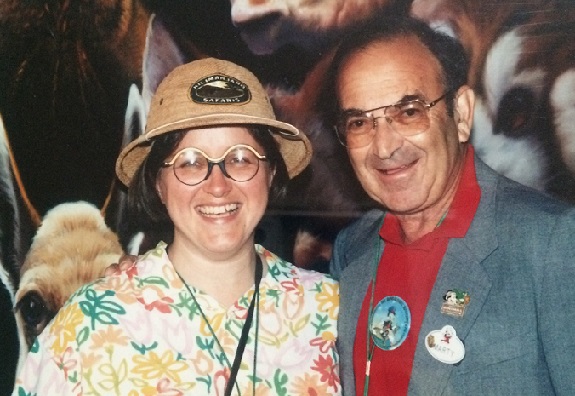
One of the most important tasks for the design team was to embark on a series of boots-on-the-ground research trips around the world, trips that spanned nearly a decade, and gave the Imagineers incredible insight into a world they were hoping to replicate.
“The research trips were essential for the sake of authenticity because when you design any space, you need to design a kind of kinetic feel of it and you also need to understand the texture of it, the smell of it, the light of it, all of these things to make it look authentic,” Zofia said.
“We went first locally to zoos across America, and everybody thought that it was a joke that Disney was stepping into the world of animals, because nobody believed that we were going to take it seriously. But we knew that animals are not just entertainment, they are very emotional to a lot of people.”
The trips became broader in scope, to Canada and then to Europe. Finally, the group traveled to Africa.
“The first really big trip we took was to Kenya,” Zofia said. “And it was an absolutely insane adventure with all kinds of stuff going on. It was really rugged. There was one flight, I think it was to Tanzania, the plane was so small I had to sit on someone’s lap. And I don’t think we were able to take all the luggage. There was a place in Tanzania that became inspiration for the baobob tree in the African queue.”
Zofia, who was one of the lead designers for Conservation Station, also told me a little secret about the park. Inside the small temple that’s located near the entrance of Asia [near the Rivers of Light amphitheater], the original design team placed a time capsule, filled with sketches and other memorabilia from their years of work in shaping Animal Kingdom.
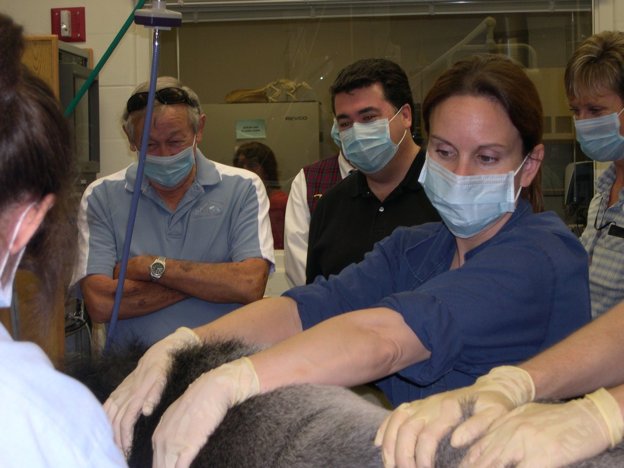
These and other equally compelling stories can be found in Disney’s Animal Kingdom: An Unofficial History. One of the many interesting things I learned was the influence Roy E. Disney had in kick-starting the park project. It was Roy E., of course, who first made his mark in his uncle’s company by producing many of the True-Life Adventure films made in the 1940s and 1950s, films that ultimately fueled Disney’s decades-old commitment to protecting and preserving our precious environment.
In speaking to the Imagineers who worked on the park, as well as many family members and friends who have enjoyed it for the last 20 years, it was obvious that Animal Kingdom holds a special place in most everyone’s heart.
To that end, the final chapter of the book contains comments, observations and recollections by a broad spectrum of folks [including AllEars’ Deb Wills!] who truly believe that Animal Kingdom is a special place, with unique experiences around just about every bend … an environment where young and old alike can both learn, be entertained, and ultimately be inspired to be better stewards of the land and the creatures who inhabit it.





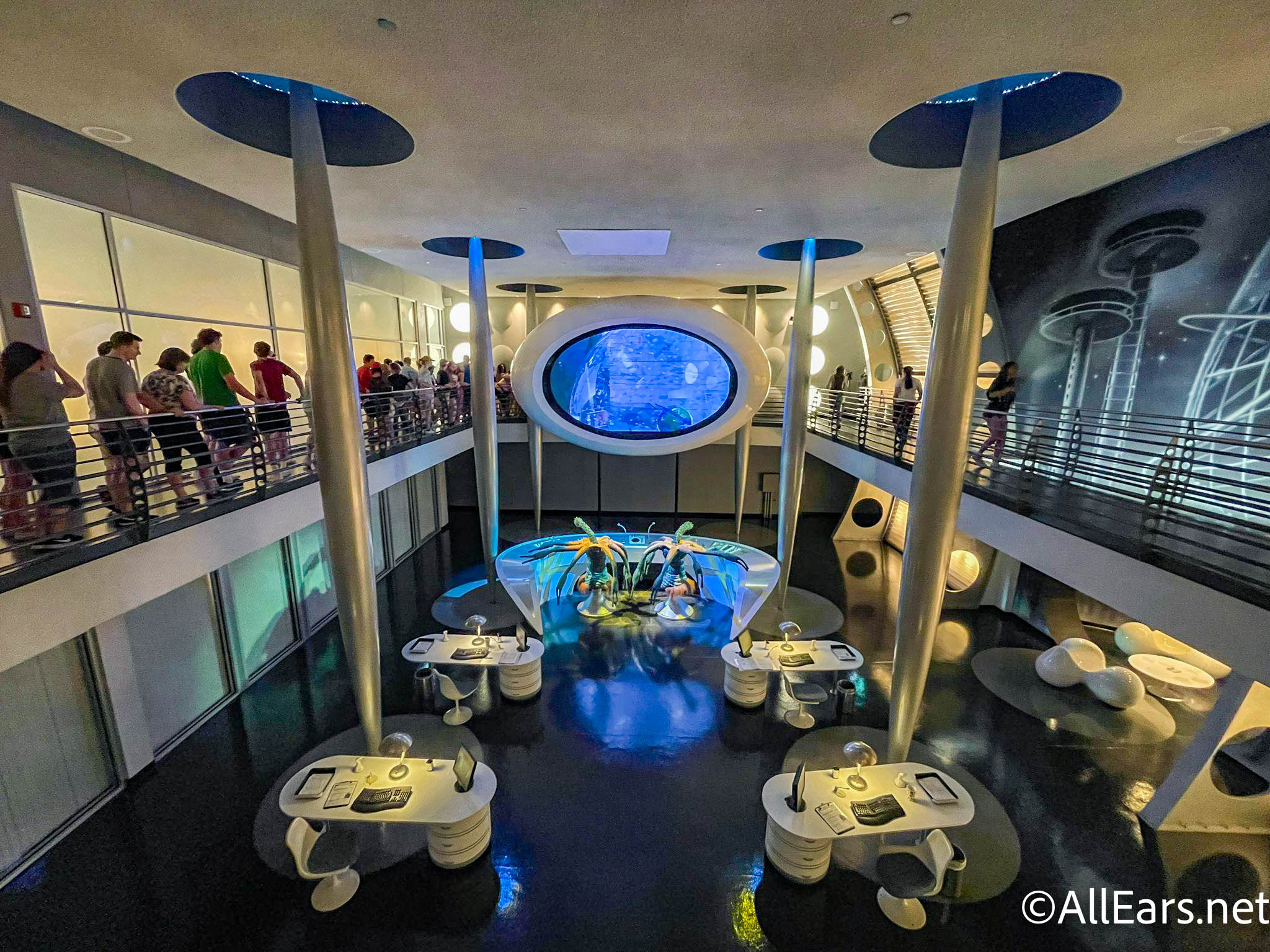


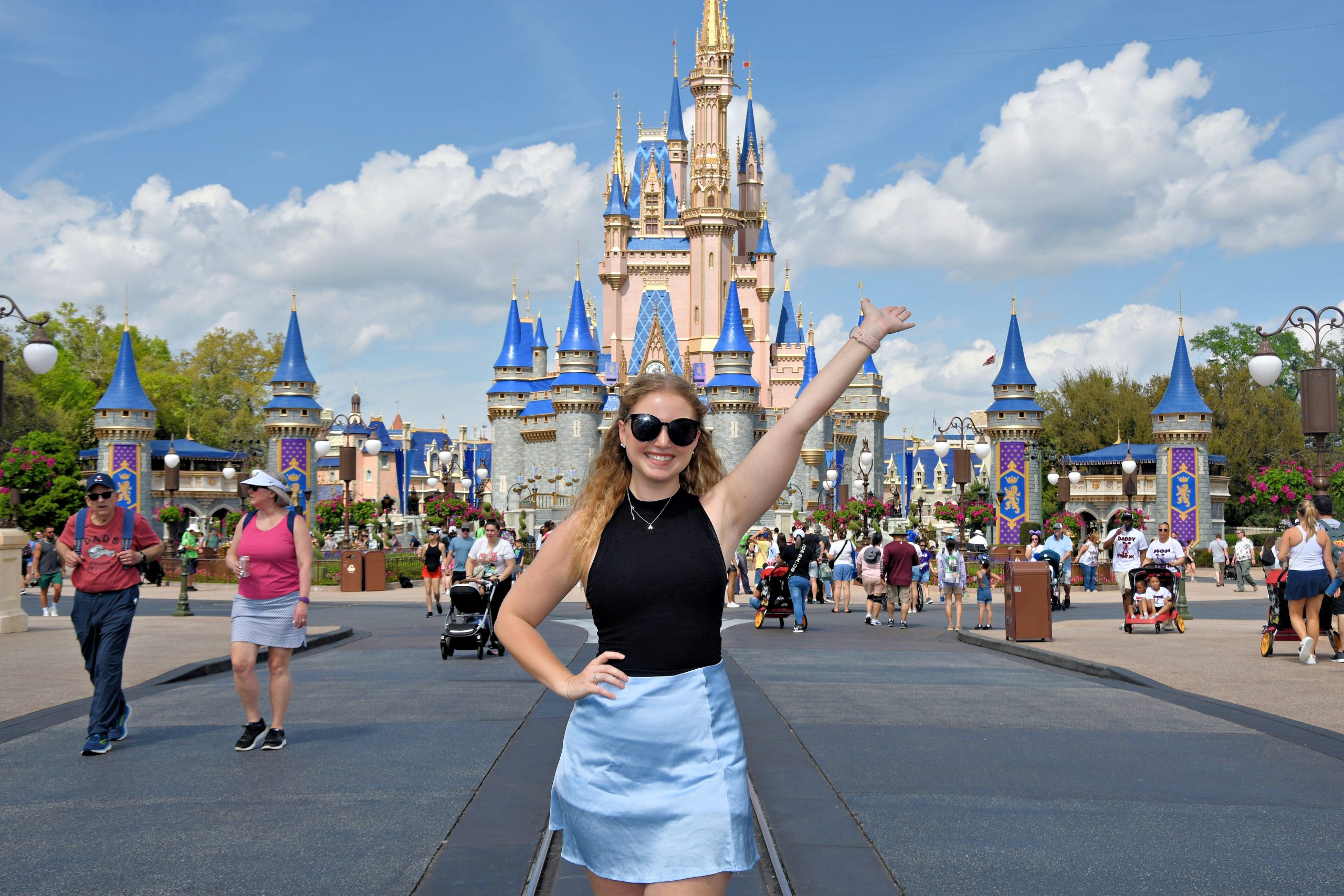
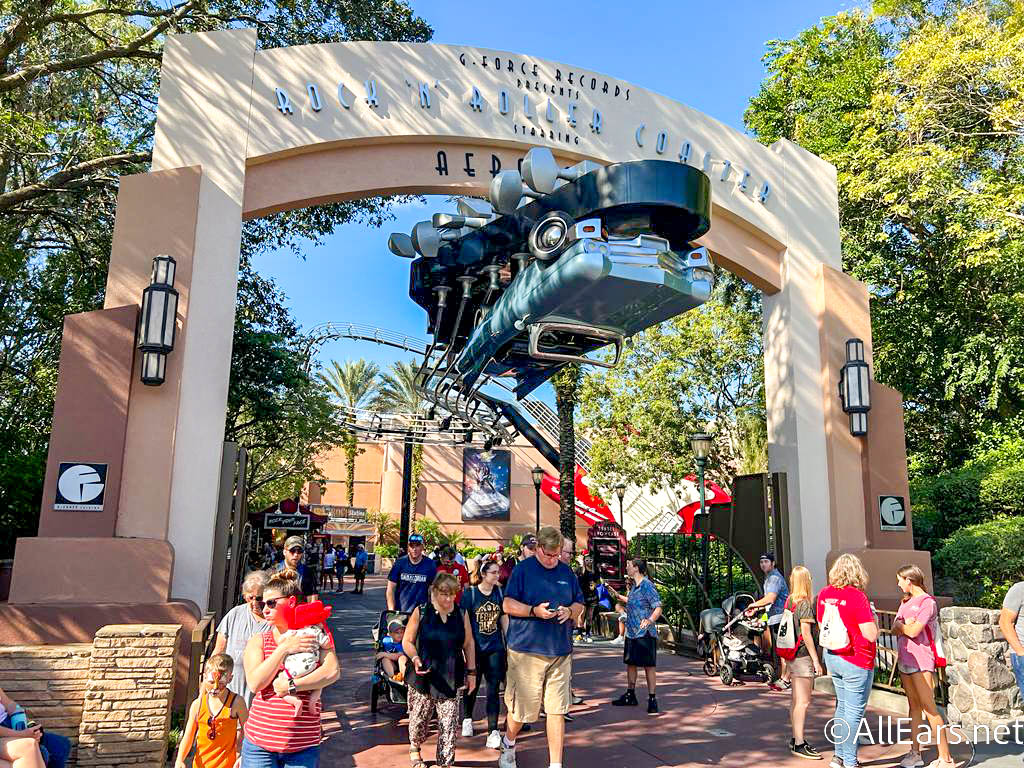
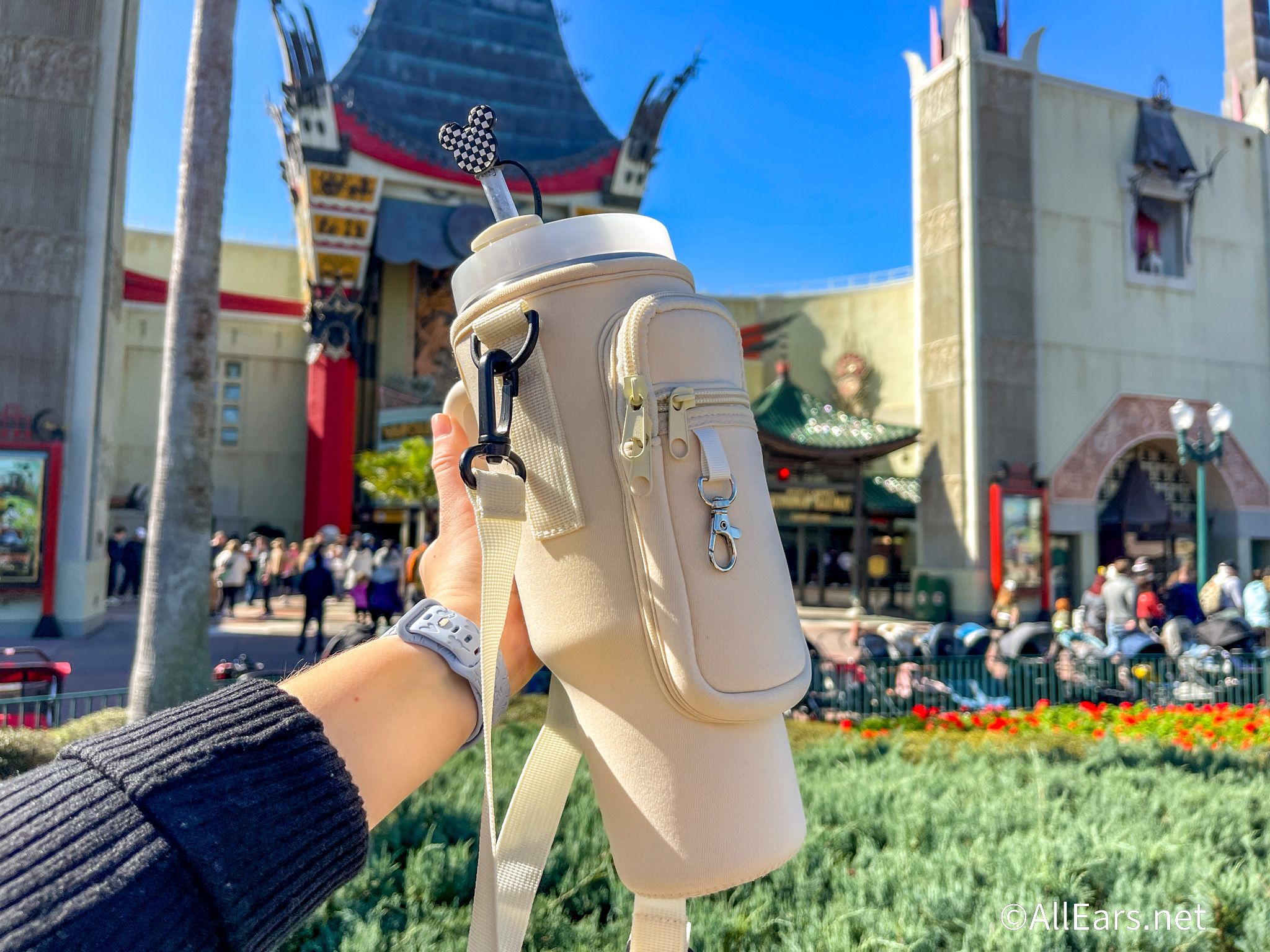

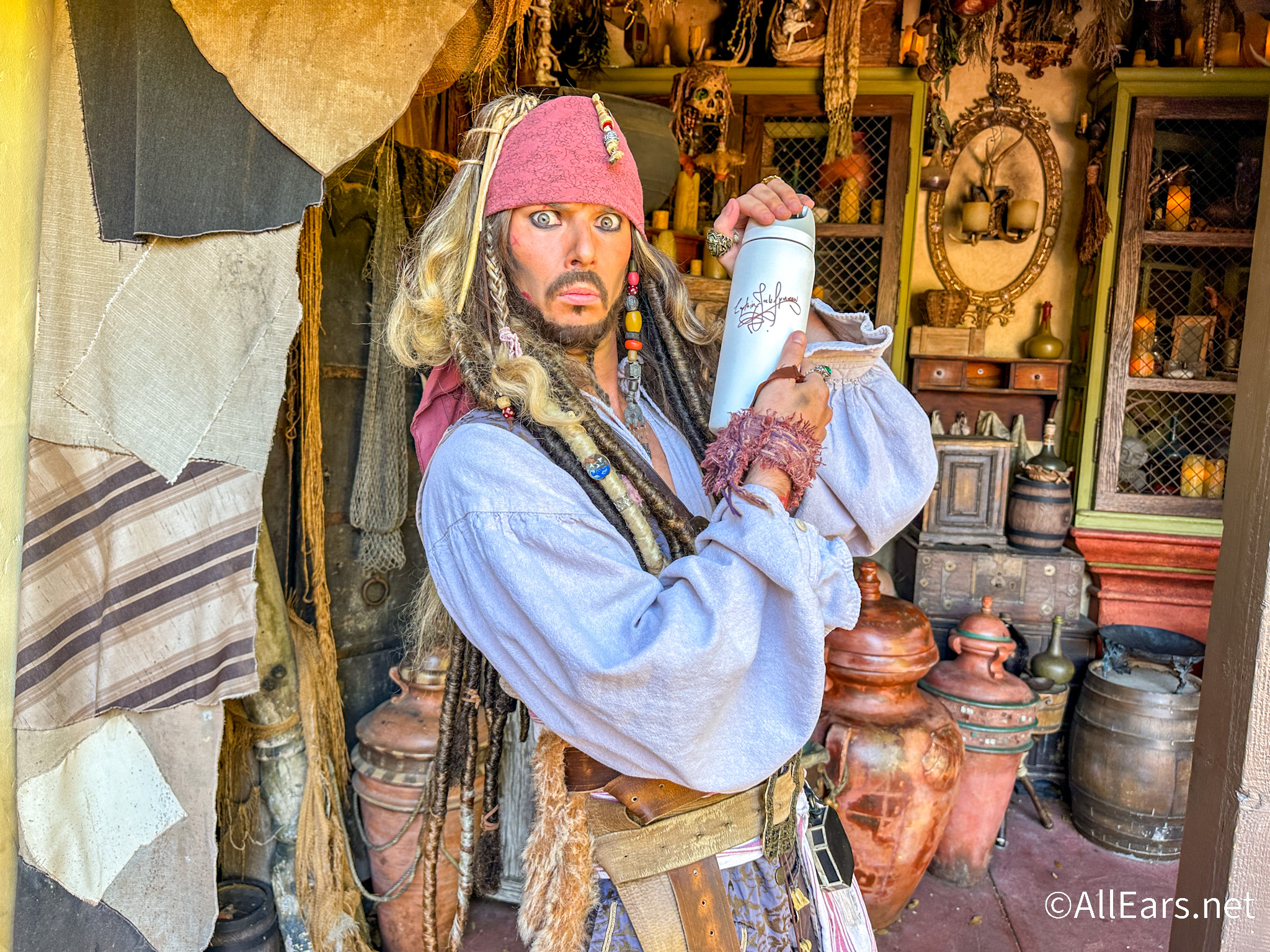

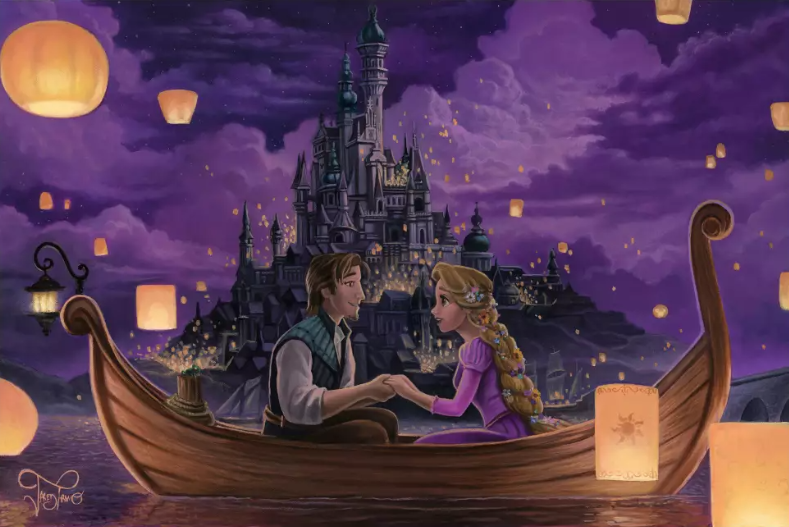
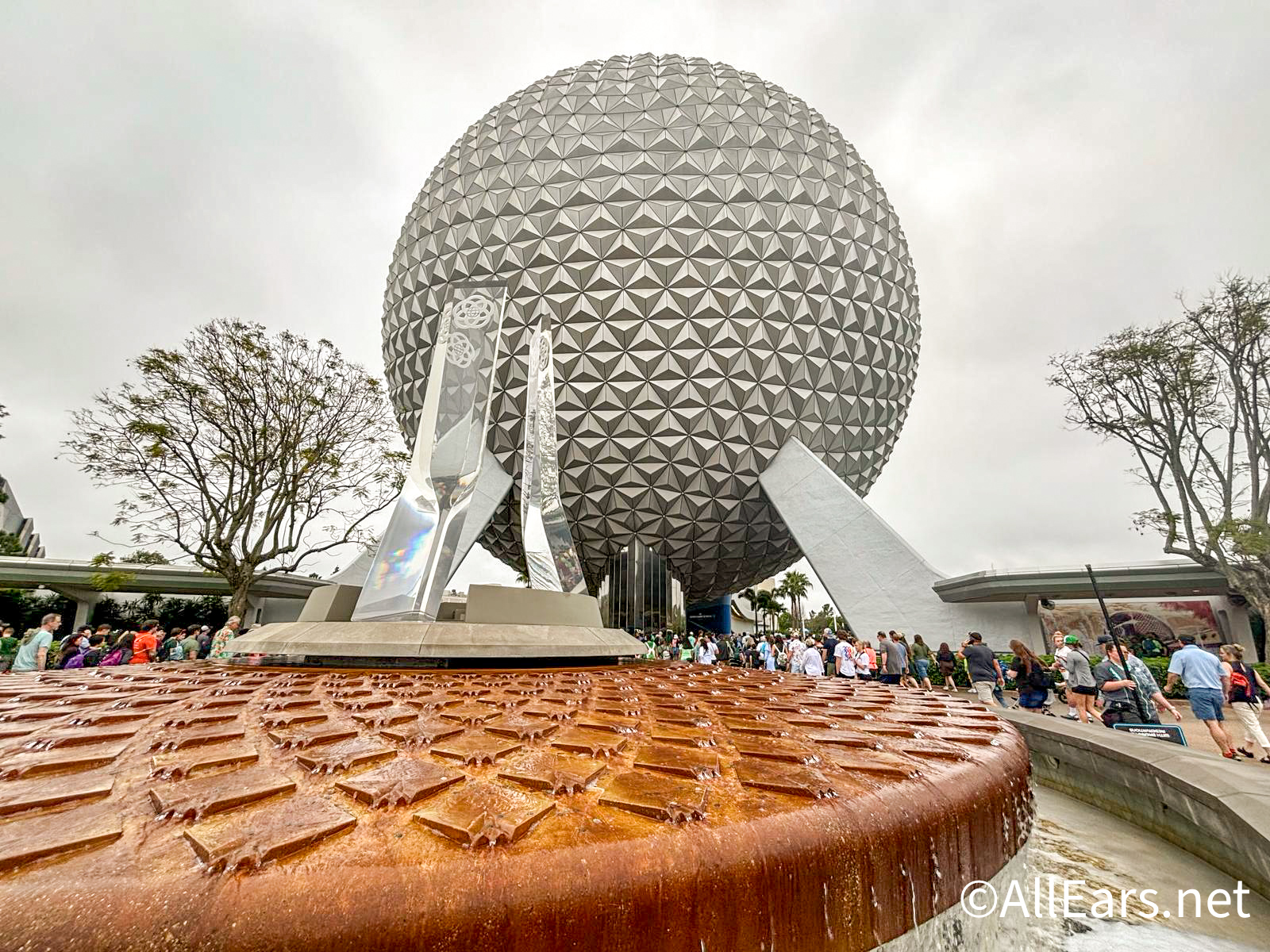
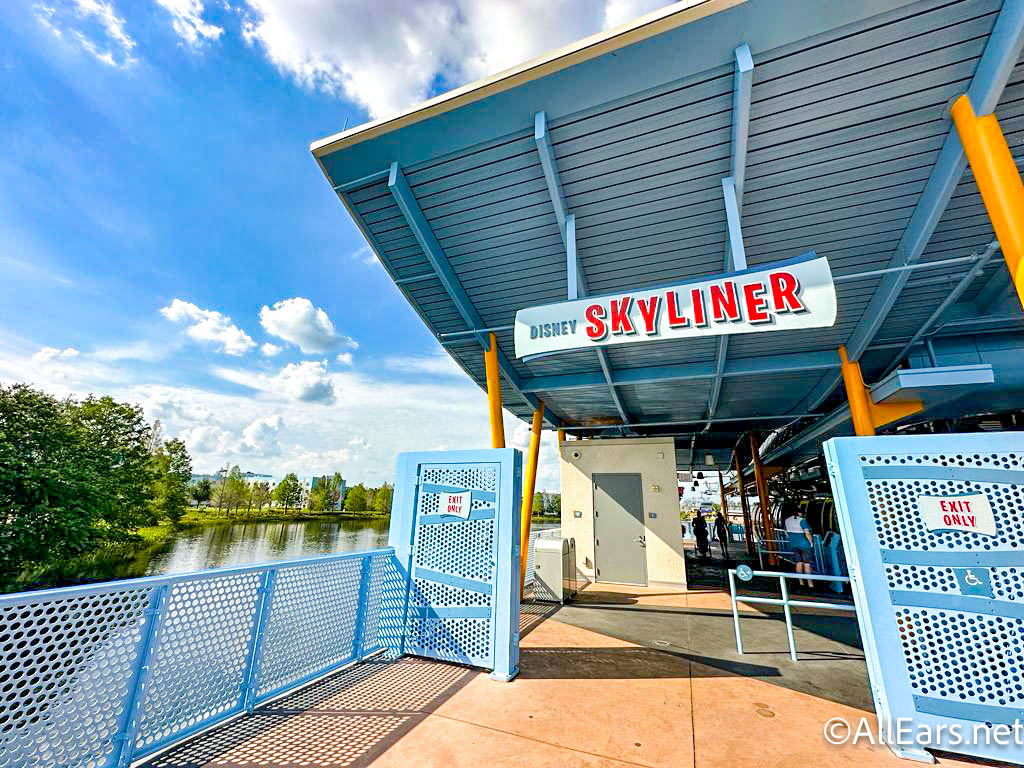
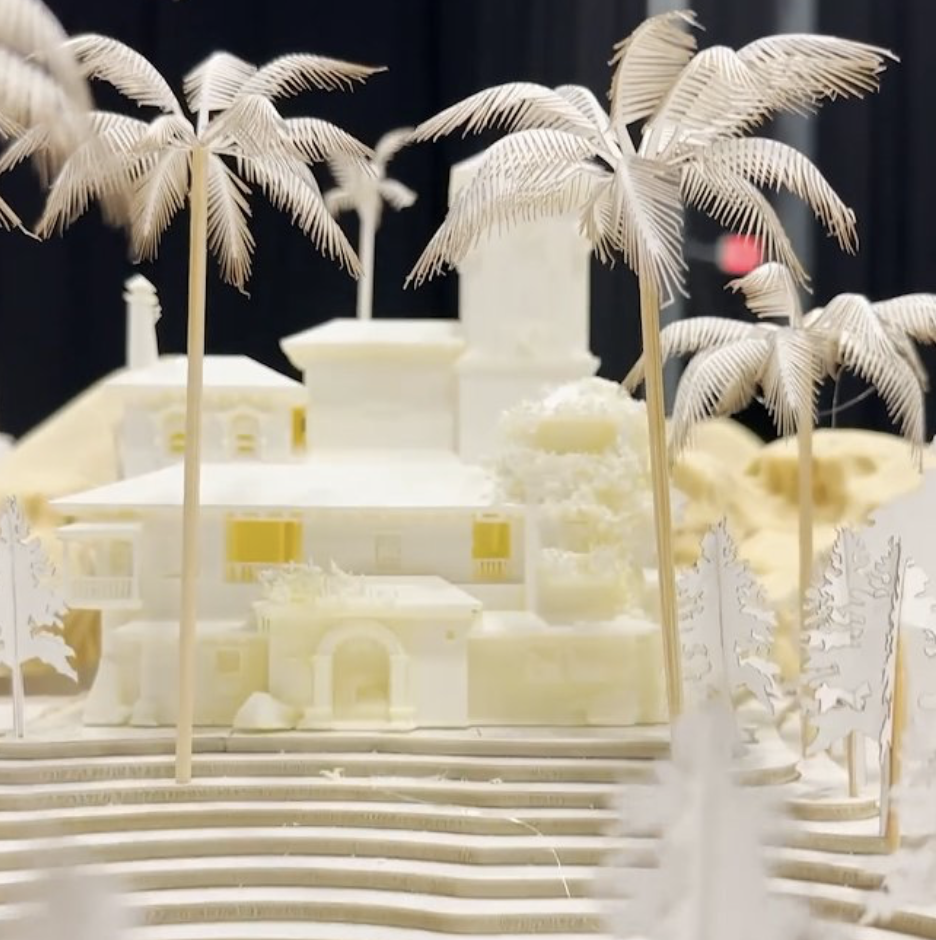

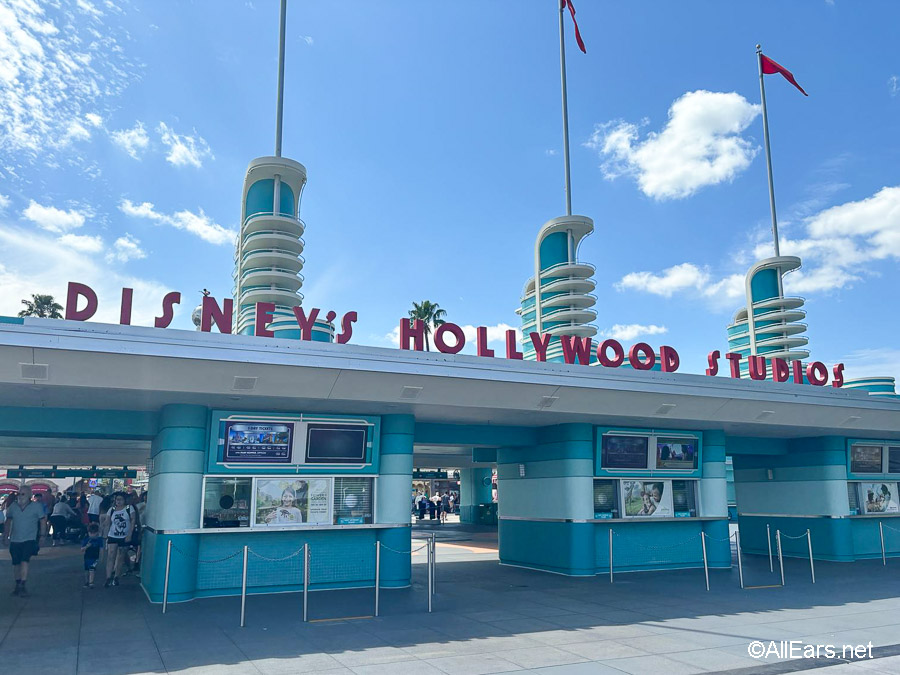
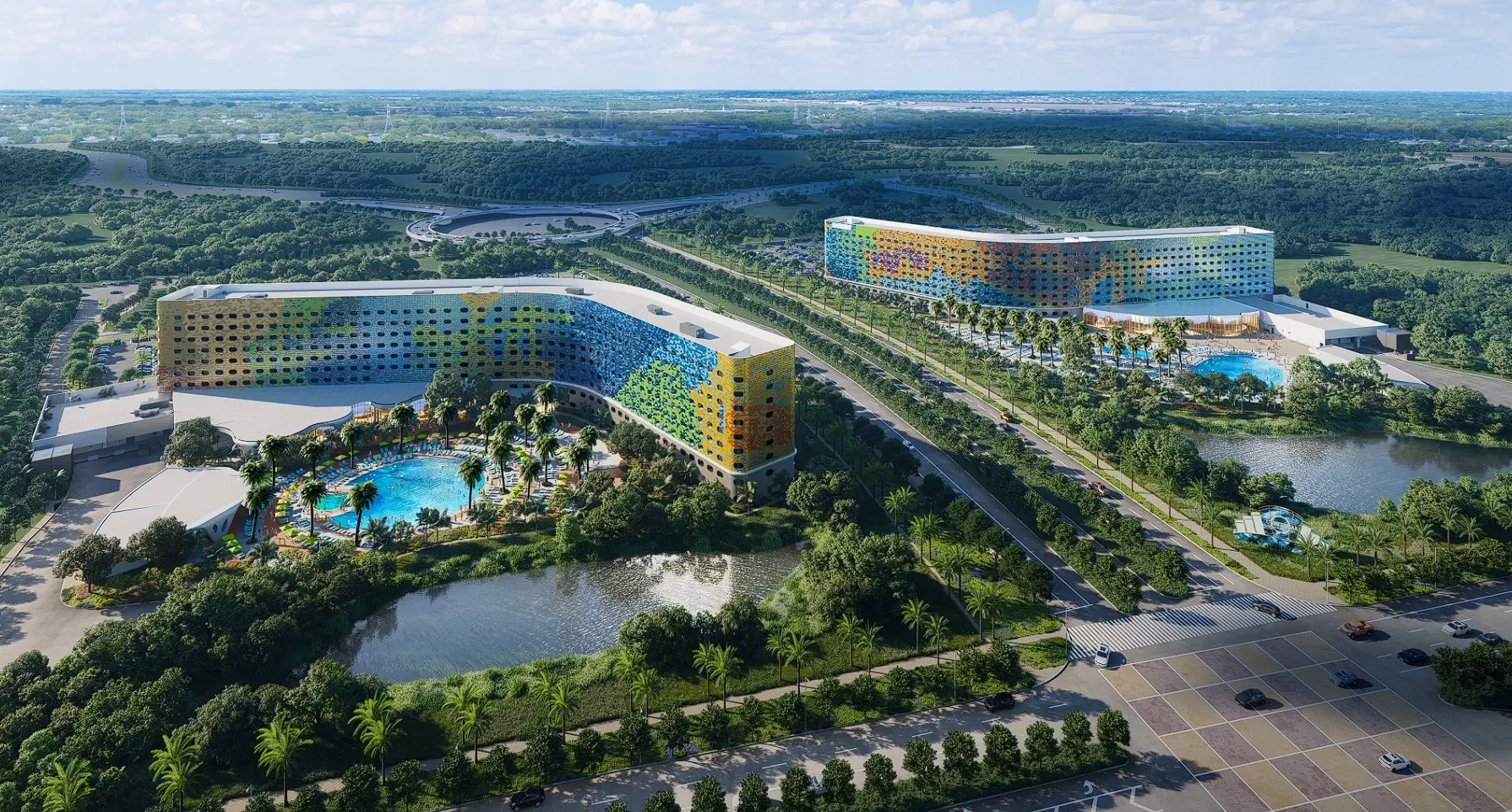


Hi Chuck –
As I started reading this post, I wondered if you would mention Rick Barongi. I had the pleasure of working with Rick on a number of projects when he was the Residence Adviser of my Rutgers University Dorm in 1977/1978. I’m going to have to get your book to learn more of his story as it related to Animal Kingdom.
– Jeff
Hi Jeff … Rick was key to acquiring Animal Kingdom’s “herd” months before the park opened. In addition, he helped train the animals to return to their enclosures each night for food, shelter and vet care.
Thanks for writing, Chuck
Animal Kingdom is a our favorite park. Thank you for all the information in this article. We were there for the 15th anniversary (and several other years also as our own anniversary is the day after). I tell people that AK is a park to be savored, taken in small bites, and treated as a gourmet meal, not fast food. There is so much more left for me to explore. Maybe one day.
Hi Deb … Many, many people feel the same way you do about Animal Kingdom. It’s just so different from any other theme park ever created. There’s so much to see and explore. Thanks, Chuck